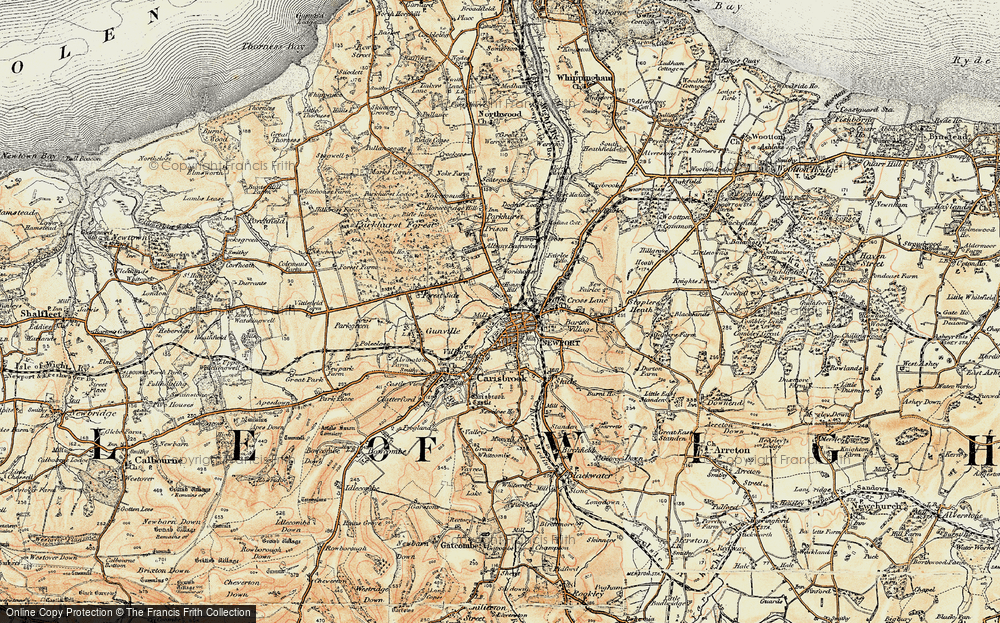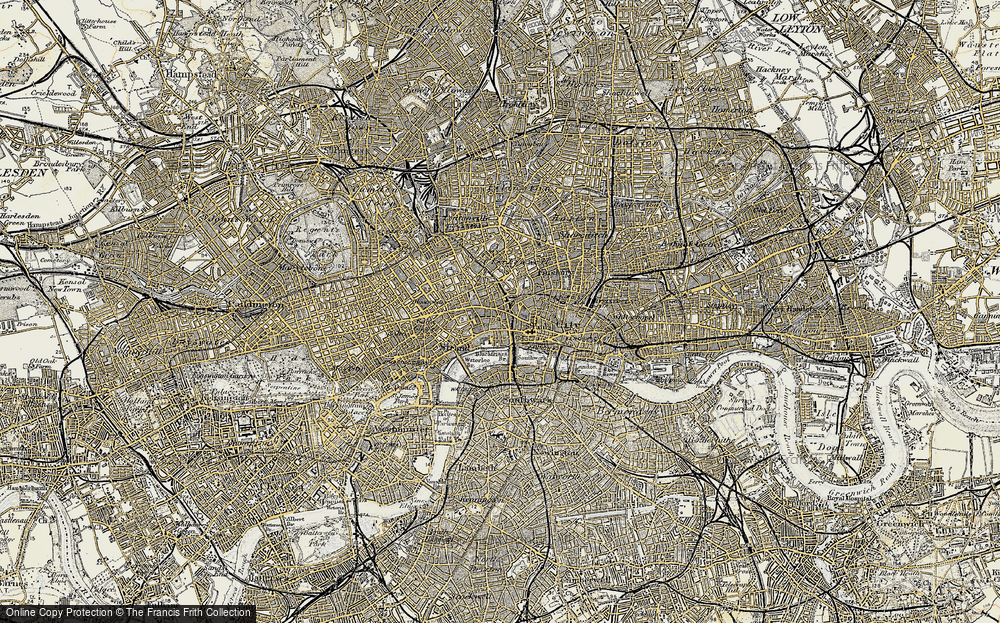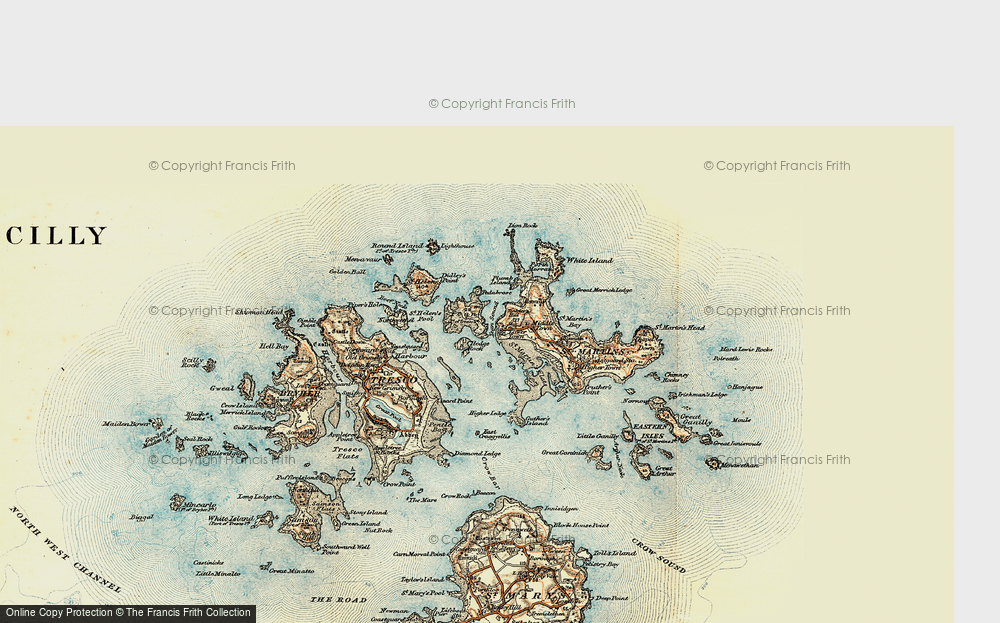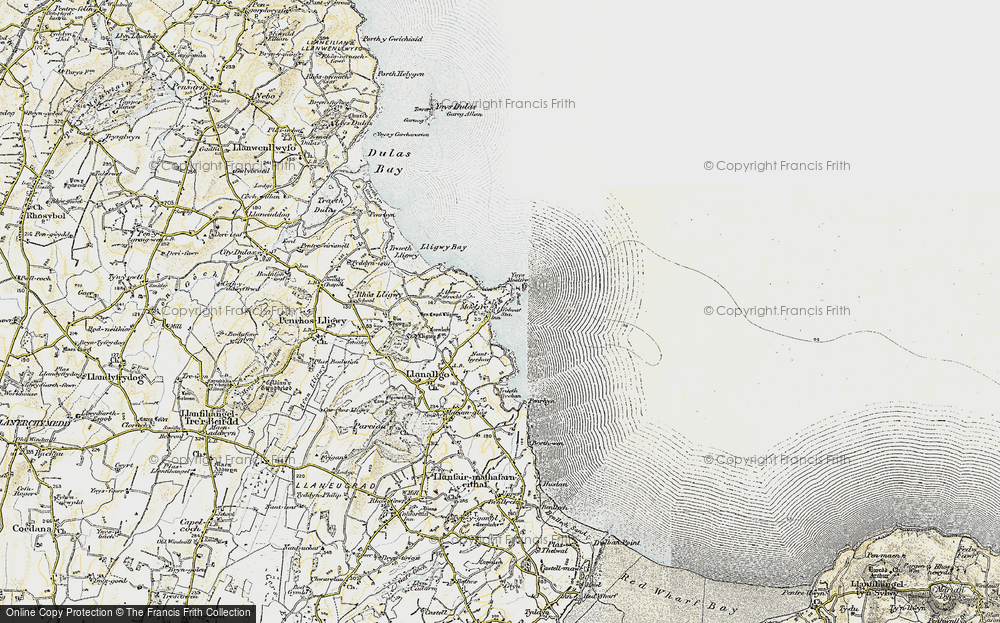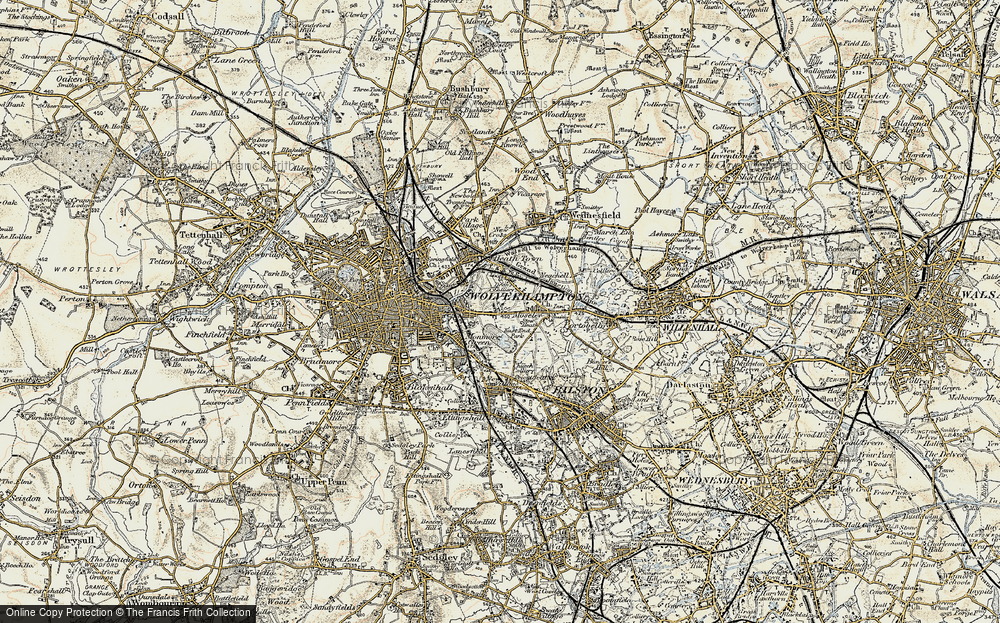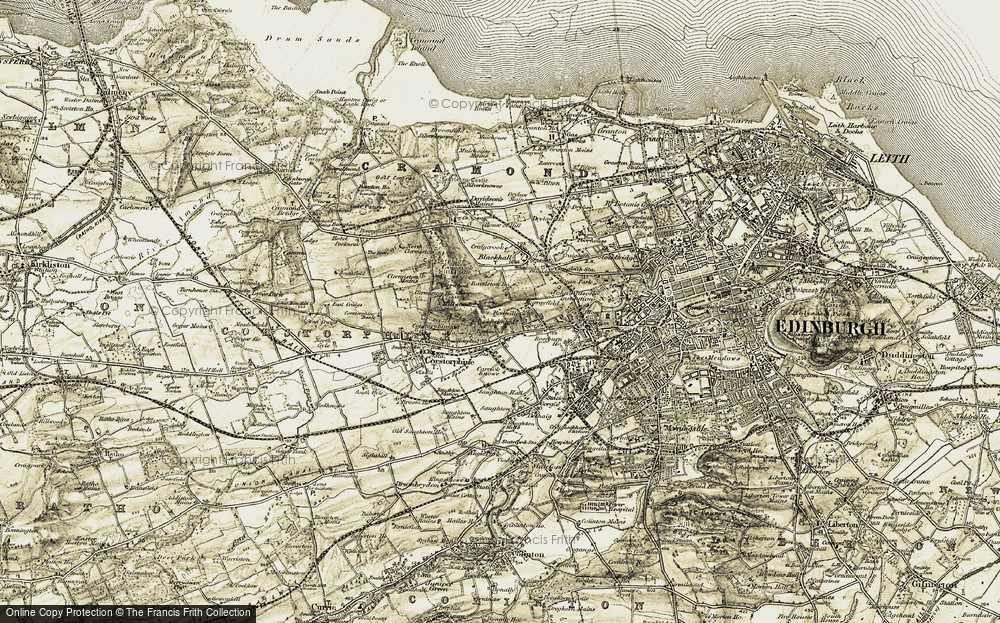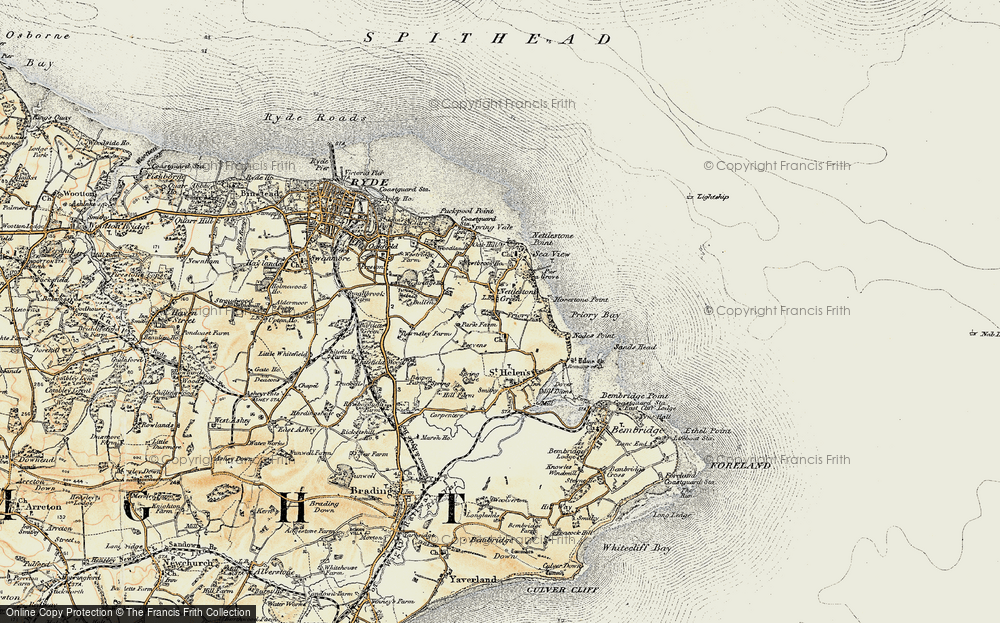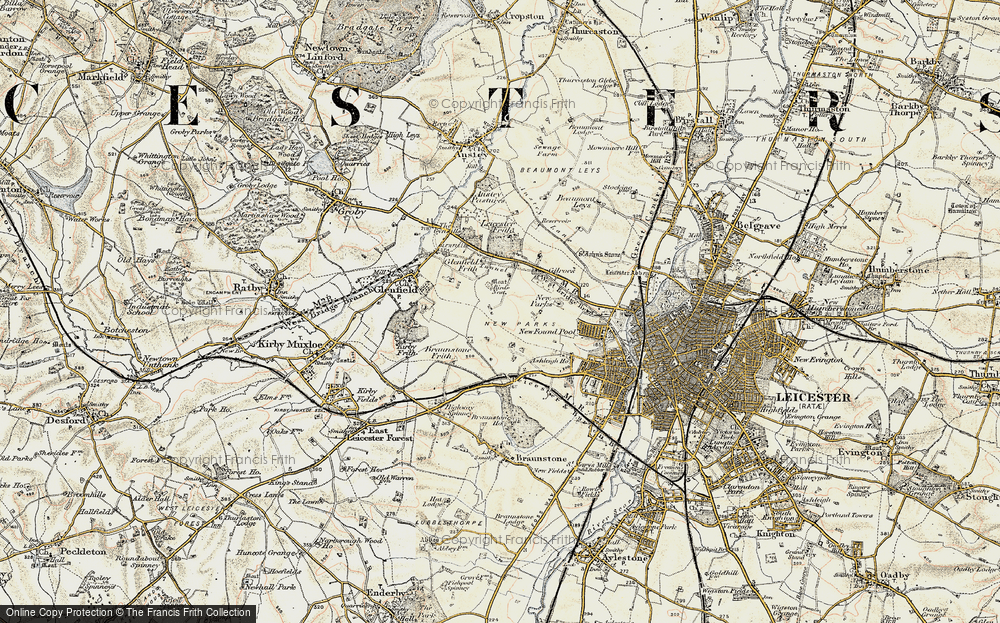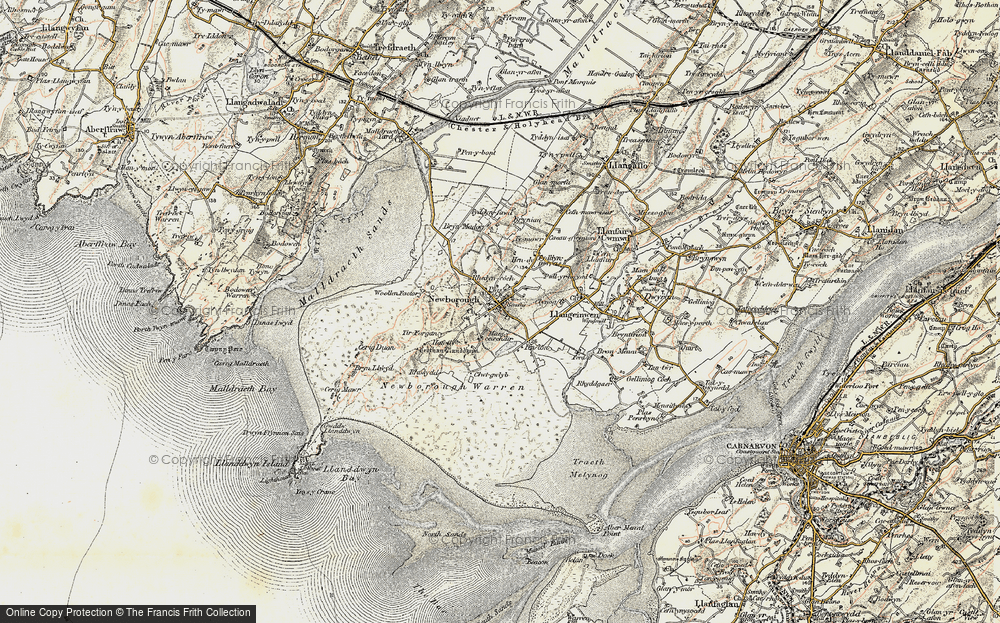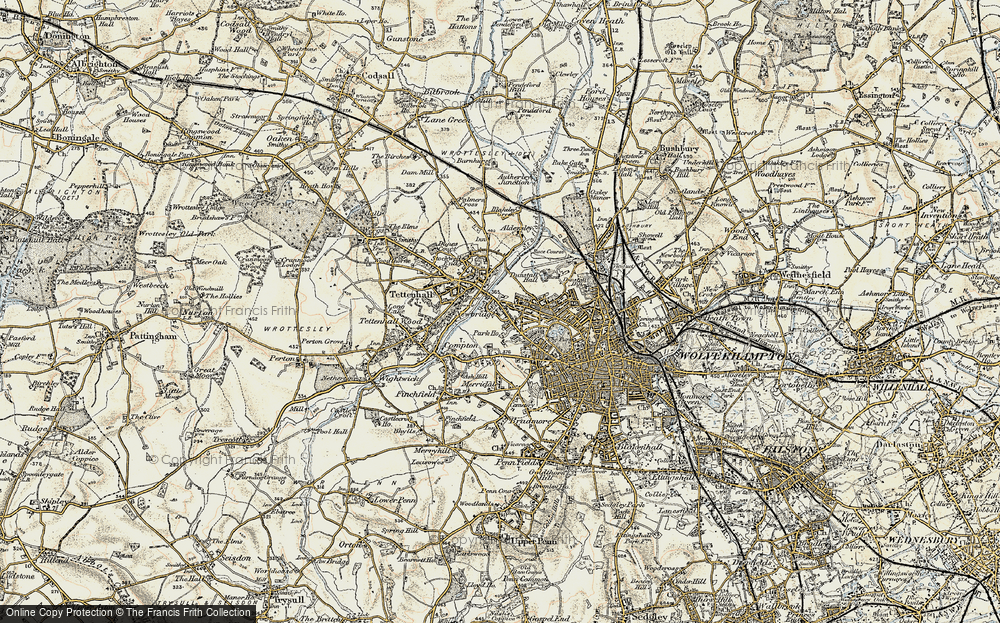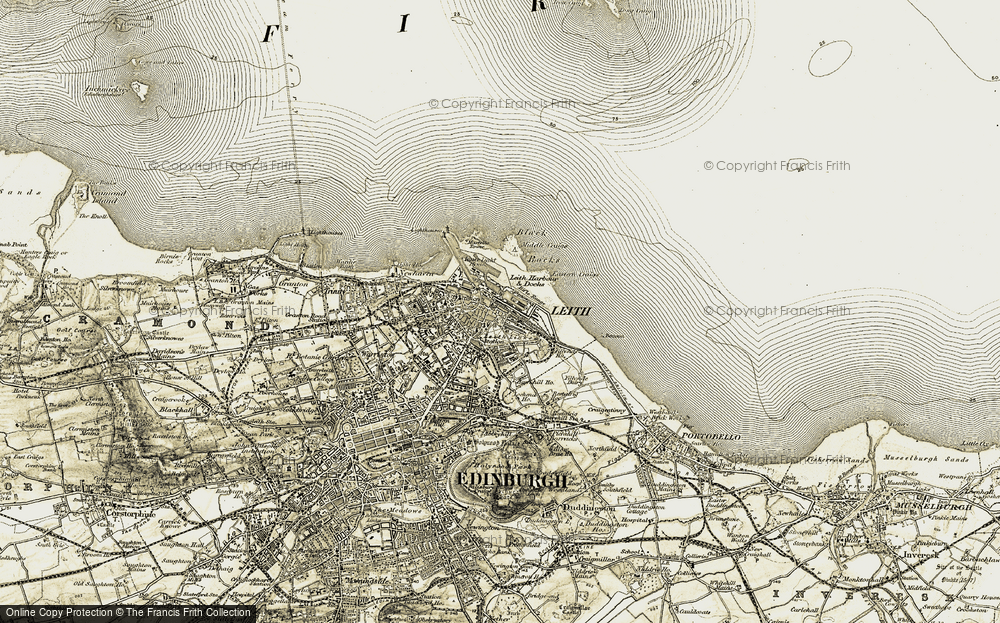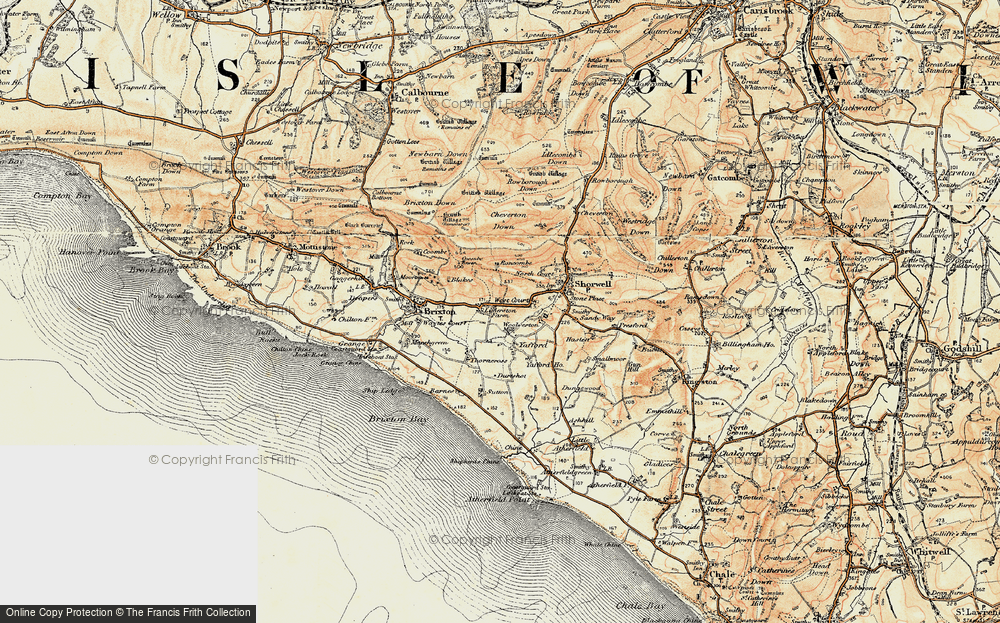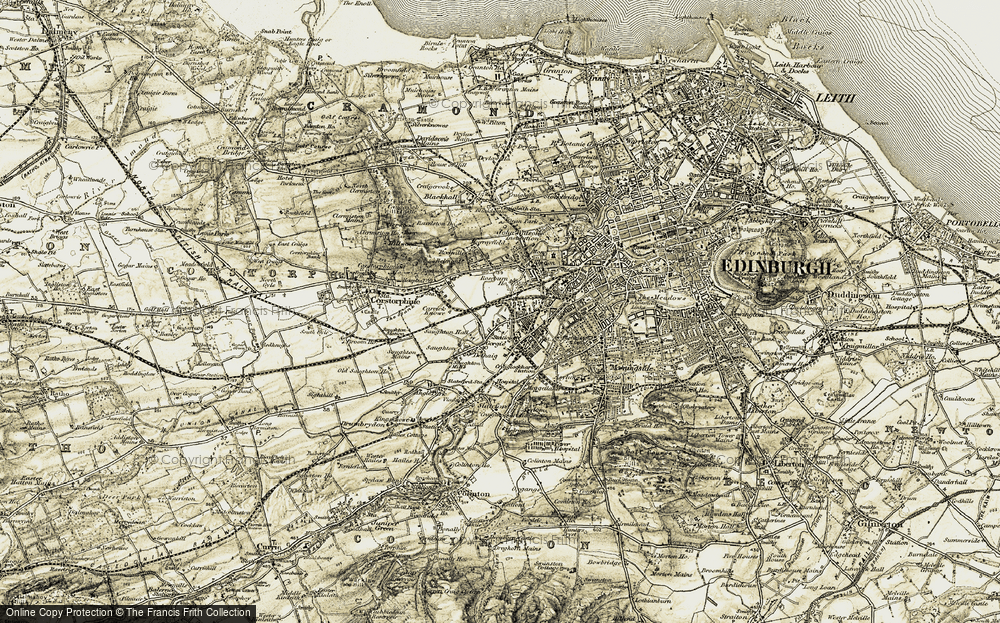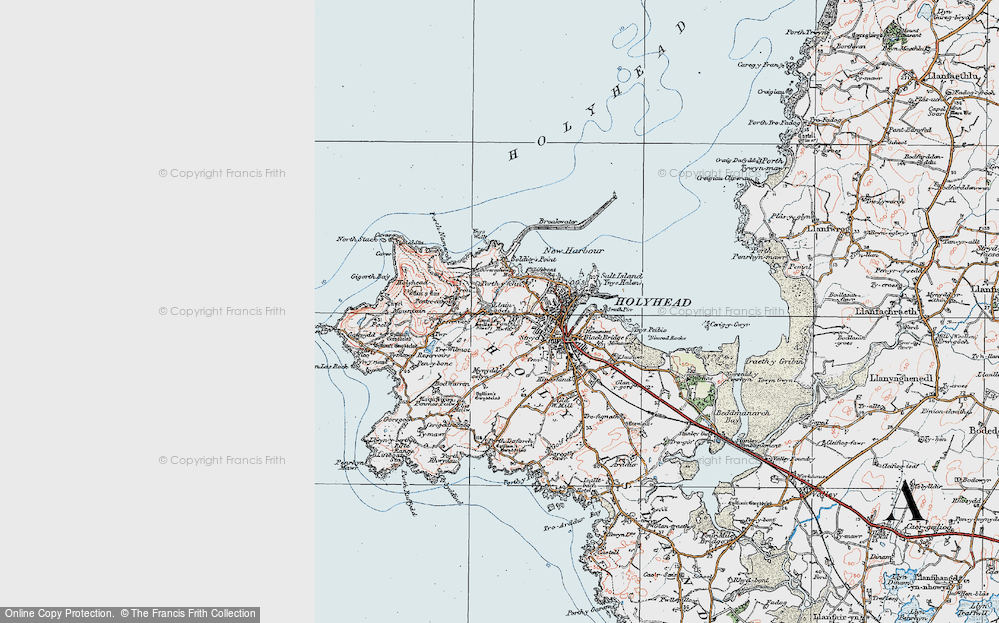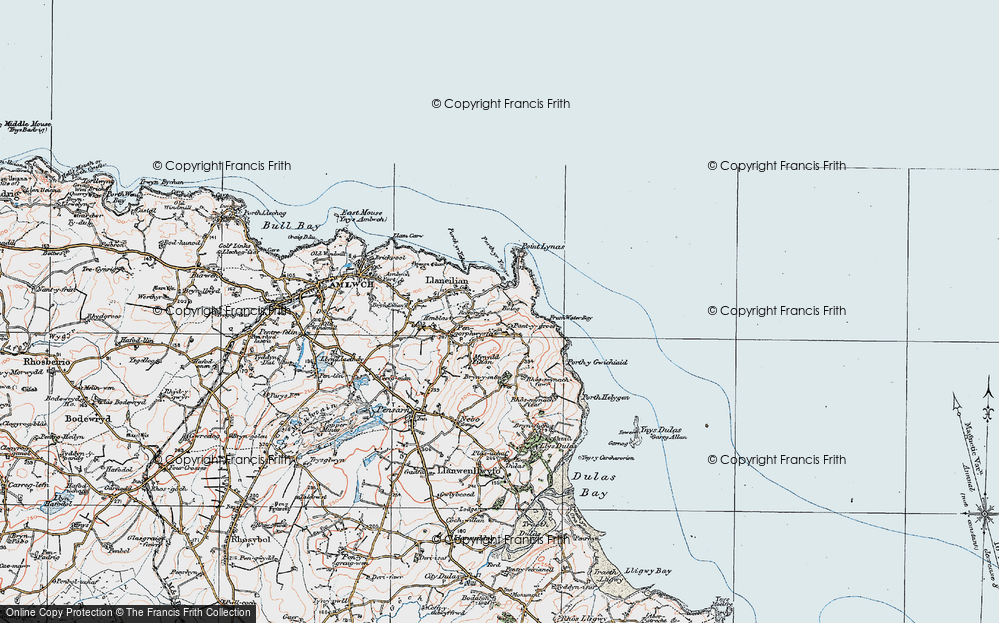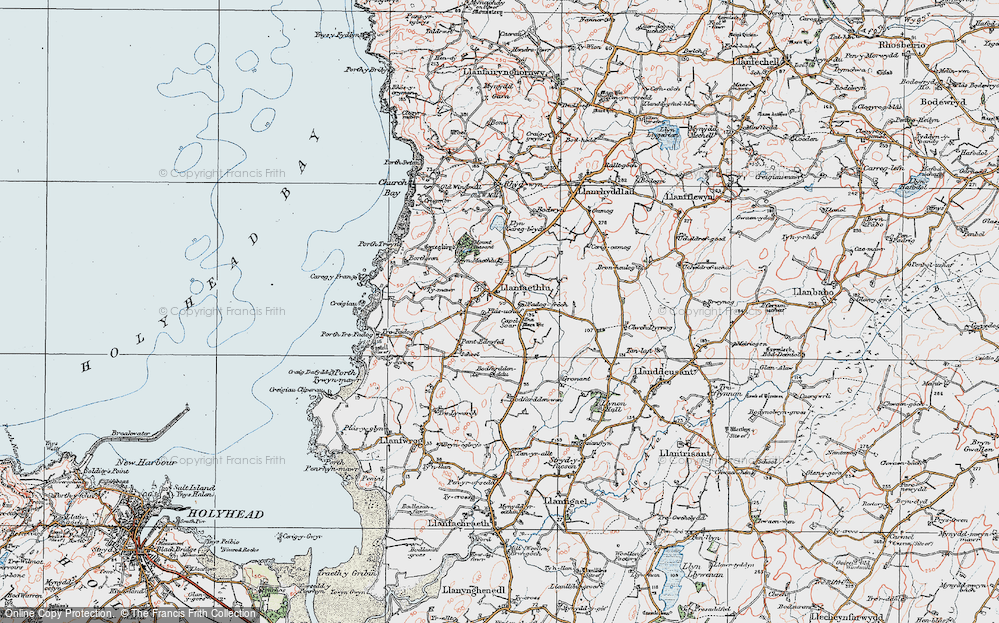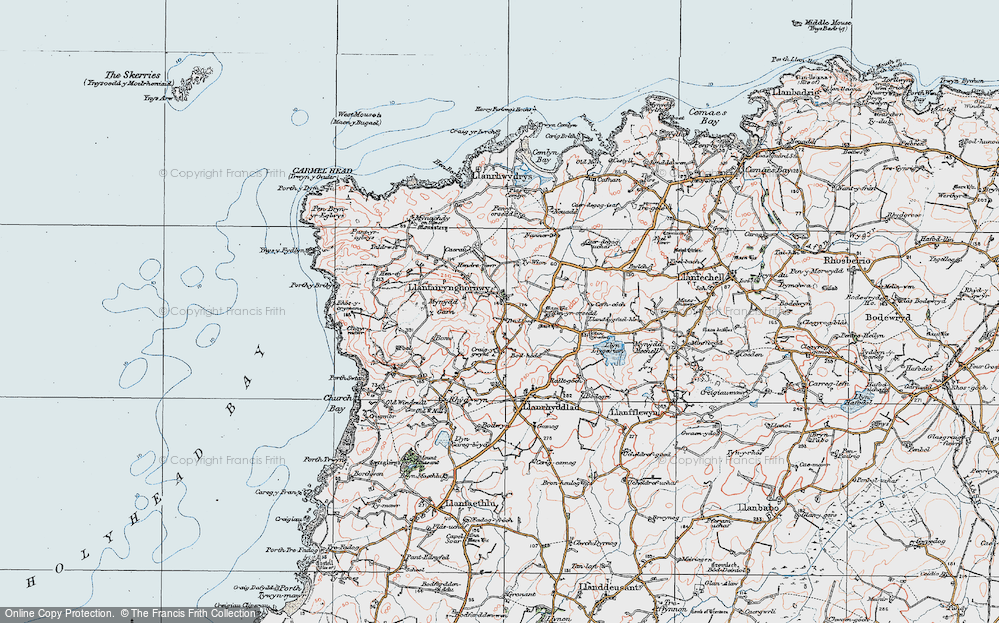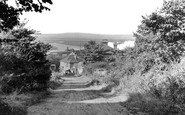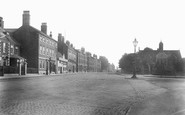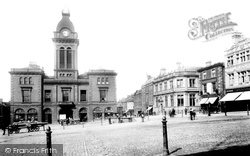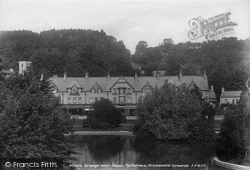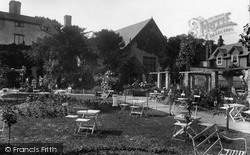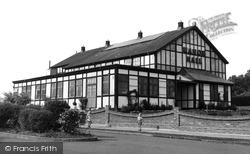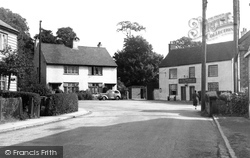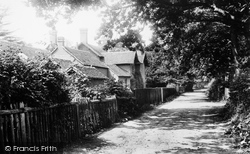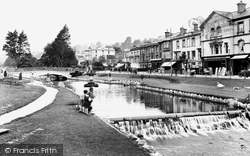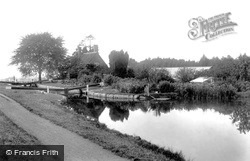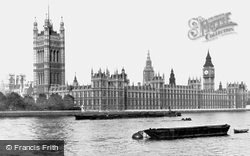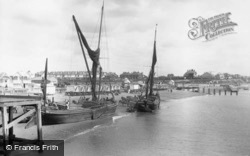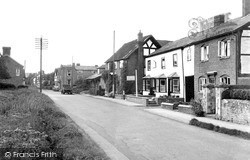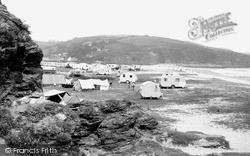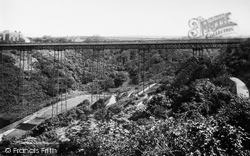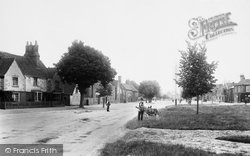Merry Christmas & Happy New Year!
Christmas Deliveries: If you placed an order on or before midday on Friday 19th December for Christmas delivery it was despatched before the Royal Mail or Parcel Force deadline and therefore should be received in time for Christmas. Orders placed after midday on Friday 19th December will be delivered in the New Year.
Please Note: Our offices and factory are now closed until Monday 5th January when we will be pleased to deal with any queries that have arisen during the holiday period.
During the holiday our Gift Cards may still be ordered for any last minute orders and will be sent automatically by email direct to your recipient - see here: Gift Cards
Places
Sorry, no places were found that related to your search.
Photos
Sorry, no photos were found that related to your search.
Maps
7,034 maps found.
Books
163 books found. Showing results 5,041 to 5,064.
Memories
22,913 memories found. Showing results 2,101 to 2,110.
Childhood
Me and my sister used to go and stay in the school holidays with our great nanna, Mrs Hilda Pocklington, in her cottage at Walsbey Road, we used to love our time there. The tennis courts were out the back, and we often used to sit ...Read more
A memory of Market Rasen by
Aggies
This is looking down Station Road, the station is at the bottom of the hill. To the right centre can be seen the smoke and steam of a train rising above the trees. I remember walking up here as a boy when it was still unmade. The ...Read more
A memory of South Benfleet in 1970 by
A Lovely Girl And A Bonny Place
It's a bit unfair to say my memory is from 2000, as it actually goes back to when I was born (1980) and only ends last year (2008). My earliest memories are of being at my Aunty Stella's. She wasn't really an ...Read more
A memory of Denton Burn in 2000 by
Welbeck Colliery Village Now Know As Meden Vale
My Grandparents moved to Welbeck Colliery Village about 1926, when my mother was 10 years old, and stayed in the same house at the bottom of Elkesley Road until they went into care in the 1970s. ...Read more
A memory of Meden Vale by
My Great Grandfather The Papermill Manager
My great-grandfather Ogilvie Bricknall was the manager of this mill at the turn of the century. He was a great papermaker and had moved to St Neots with his family from Longforgan in Perthshire. His son James was assistant manager in 1911 and the mill employed his two daughters as clerks.
A memory of St Neots in 1890 by
Court Crescent Junior School And Wellinger Way
I was born at my Grandmother's home at No: 50 Hand Avenue on the Braunstone Estate. When I was about 3 we moved from Grandma's to our own home at No: 9 Wellinger Way. I went to Queensmead ...Read more
A memory of Braunstone Town by
Balloon Woods Wollatton
Balloon Woods. Most people says it was a hell hole. Yes some parts of it was. But to a child it was good. There were more quite a few blocks. Some had four floors, these were called Tansley Walk, Bealey Walk, Hartington ...Read more
A memory of Wollaton in 1971 by
Pastures Avenue, Nottingham
I remember Clifton in a different light. We lived at 17 Pastures Avenue during 1966/7, my brother or one of them, he's the youngest, was born there. I met my half sisters and brothers there. I have always liked ...Read more
A memory of Newark-on-Trent in 1967 by
Willingdon Church Hall
Referring to the photograph ref: W446012 I used to attend Sunday School in the pictured church hall from the mid 1950's to 1960 the teacher being Miss Parris. I also went to Cubs at the Memorial hall opposite the church ...Read more
A memory of Willingdon in 1960 by
Childhood Memories
I started at the infants school in 1948 in Chobham St Lawrence and I made my own way in those days, it was safe to then. I remember the headmistress of the infants school was Mrs Gosden, and a teacher, Mrs Hutchinson, also a lady ...Read more
A memory of Chobham in 1948 by
Your search returned a large number of results. Please try to refine your search further.
Captions
9,654 captions found. Showing results 5,041 to 5,064.
The Market Hall was designed by Davies & Sons and completed in 1857 at a cost of around £8000.
Yewbarrow Terrace, with its colonnades and cover for shoppers, had only recently been built at this time, but it still looks the same over 100 years later - even the rings to which to tie horses remain
In April 1941 the house suffered some damage during an air raid, but it was in good enough repair to provide Winston Churchill, then the local MP, and his wife with luncheon whilst touring the district
Manor Hall was built shortly after 1935 as a dance hall at a time when a number of residential estates were being built south of Manor Road.
The Ship was once famous for its quoits lawn. It hosted the annual Peachey Quoits Cup Championship - Mr Peachey was the owner of some nurseries in the village.
With no village centre to speak of, except where the Gothic/Tudor-style Hautboy Inn stands, Ockham is nevertheless a pleasant community of leafy lanes.
Deep within The Hurtwood at Abinger Bottom are several stone-built cottages surrounded by pine trees. A stream, that eventually joins the Tillingbourne, runs through the hamlet.
The original Charter for this busy market was given around 1250 at the time the town became a borough.
The Dawlish Water and its high tributary the Smallacombe Brook rise on the wooded heathland of Little Haldon Hill, which rises 800 feet at the back of the town.
These are the original university buildings at Western Bank, built between 1903 and 1905.The university was an amalgamation of three earlier institutions, the Sheffield School of Medicine, the Firth
At the beginning of the 11th century Wales, the 'territory of the Welshmen', was owned by the wealthy Mercian thegn Wulfric Spott, who also owned lands in Derbyshire and Staffordshire.
The tower and spire, which reaches a height of 124 feet, were added later in 1891, as a memorial to Freda, daughter of the Reverend Middleton, vicar at the church for 27 years.
Looking westward, this is the top lock of the Caen flight, which at one time had gas lighting installed for night time working. However, the economic life of the canal was short-lived.
hide the identity of Whittingtons, Outfitters, soon to be Fosters.
It is a summer morning and high tide outside the Palace of Westminster, with the barges at anchor.
Two Thames sailing barges discharge cargo at low water on the beach, whilst drawn higher up are some bathing machines.
There are a number of lovely timber-framed buildings in this village, and many more that were once of timber, until a brick façade was added at a later date.
Abbotsbury, situated at the western end of Chesil Beach, is most famous for its swannery, the waters of the Fleet often being turned white with hundreds of birds.
It captures the designs of the tents and caravans of the period, all set down at apparent random, a far cry from what is normally seen on campsites today.
In 1837 the local squire, Reverend Canon Rogers, commissioned James Rendell to design a harbour for the Loe.
Hazelgrove, the valley between the two cliffs, was laid out to provide a picturesque walk from the shore to the western side of the town.
In the heyday of Stevenage, at the start of the 19th century, up to twenty stagecoaches a day passed along this stretch of the Great North Road.
The 'Elettra', Marconi's yellow-funnelled steam yacht, is moored in front of Brownsea Castle.
Not surprisingly, everyone in the picture is fully dressed. During the prim Victorian era, to discard even one item of clothing would have been unthink- able.
Places (0)
Photos (0)
Memories (22913)
Books (163)
Maps (7034)


